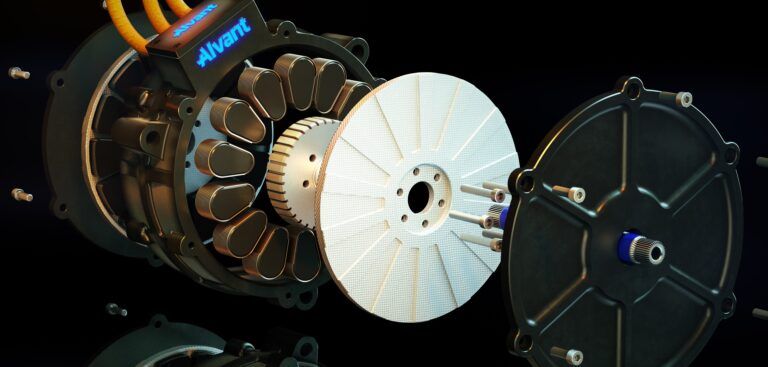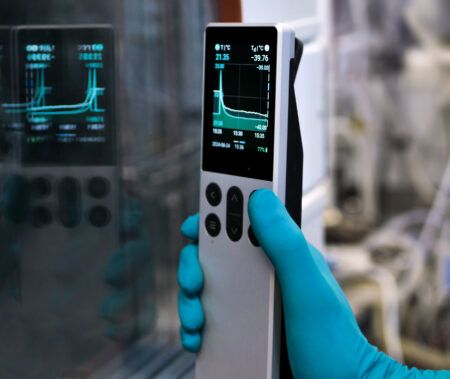Richard Thompson, commercial director of aluminum matrix manufacturer (AMC), Alvant, discusses how a new breed of materials could unlock significant improvements in power density and transient response for electric and hybrid vehicles.
Electric and hybrid vehicle manufacturers who are relying on legacy materials such as steels, aluminum alloys and carbon fiber to reduce weight, might not have heard of a family of materials that can now deliver on the promises made some thirty years ago.
Made from a combination of aluminum alloy mixed with particles or long or short fibers, AMCs themselves may have been around for a while, but recent breakthroughs have now made them an exciting option for engineers looking for the seemingly impossible: lightness, stiffness and strength. Compared to unreinforced metals, AMCs can have higher strength, greater stiffness, lower weight, superior wear resistance, lower coefficients of thermal expansion and superior electrical conductivity.
Customizable, AMCs can be stronger than steel and less than half the weight, as well as up to 50 % stiffer, and almost 300% stronger than carbon fiber.
A solution tailor-made for EVs
This ability to significantly increase strength and stiffness, while reducing weight, is what allows the AMCs to radically improve the efficiency and responsiveness in the electric rotors used in electric and hybrid vehicle motors. In conjunction with UK motor manufacturer Yasa, engineers at Alvant developed a rotor that is 40% lighter than the original. This new rotor also had an increased power-to-weight ratio, made possible by the stiffness of AMCs which can reduce the air gap between the rotor and stator in axial flux motors.
The improvement in strength and stiffness means rotor speed can be increased which, in turn, increases power density by a massive 225 to 300% (a factor of two to three) – when combined with the reduced weight, mass and inertia are also reduced. Now things get interesting. Research which found that if the rotors in axial flux motors (AFMs) suitable for passenger cars were made from AMCs, rather than steel; mass and inertia would be reduced by 45 to 73% and overall motor weight would be reduced by 19 to 25kg. Those gains could have a worthwhile impact on performance and range.
The exact weight savings depends on which of the three most common types of AFM is used; In AFMs with electrical steel cores, the weight saving would be 45% per motor; in AFMs with soft magnetic cores the saving is 50%, and in AFMs with a Halbach Array the saving is 73%.
Beyond the motor
It’s not just motors that could benefit in EV applications from adopting a hybrid material. Another recent development led to the creation of a prototype sandwich of AMC fiber-impregnated sheets with an AMC foam filling (similar to a bullet-proof vest) making it useful for protecting EV batteries at a fraction of the weight of a steel casing. It’s a potential that is worthy of further investigation to see what more can be saved.
A cool solution
Further benefits of AMCs for EV and hybrid vehicles include heat conduction; AMCs conduct heat, but only expand a little when compared to steel or aluminum, which is an important consideration for precision components. Stiffness; (50 % greater than steel) which makes AMCs ideal not just for increasing structural integrity but also for reducing noise vibration, and cost; AMCs can be cost-effectively applied as discrete inserts into a component where an array of similar inserts meets the performance requirements. This approach reduces costs as the AMC material is only used where it is needed most, while the rest of the component can be made from a cheaper conventional metal.
Up until now the transition from internal combustion engine to electric drivetrains has seen an increase in total kerb weight, heavily attributed to the weight of key components such as electric motors. OEMs have been compensating for the increased weight to power by reducing weight in other areas, such as body and chassis as well as suspension and interiors. Now it seems that AMCs could be a viable solution to turn the tables on weight versus power. Helping OEMs move closer to their goal to reduce CO2 and increase range without exorbitant costs, might finally be a reality.





